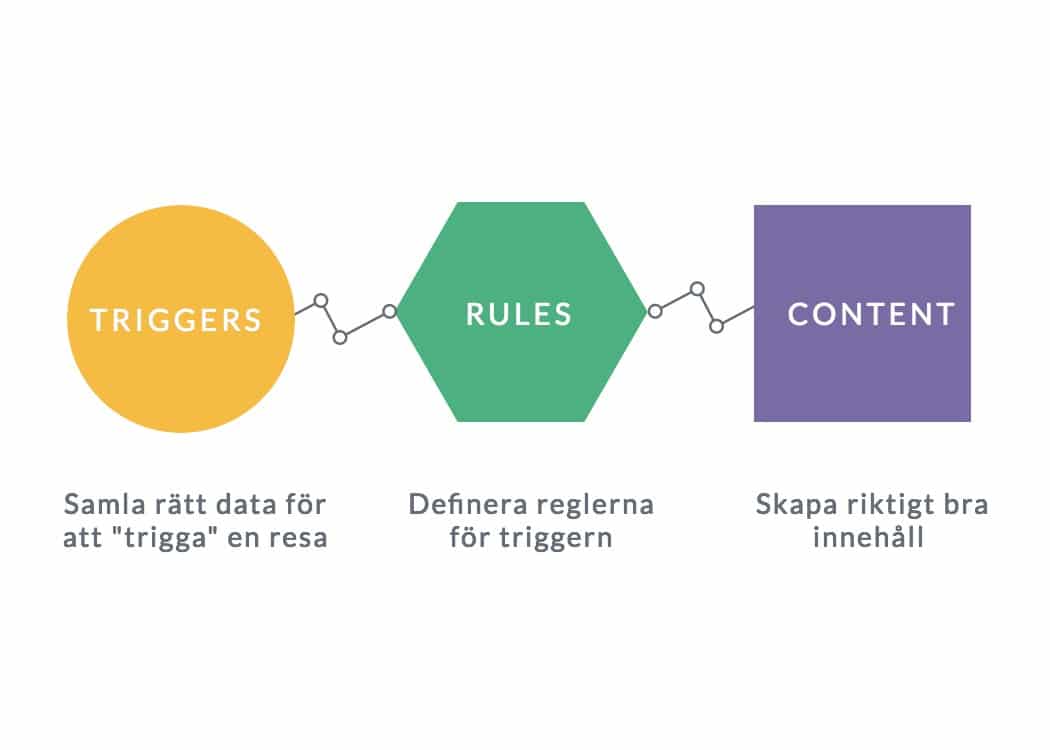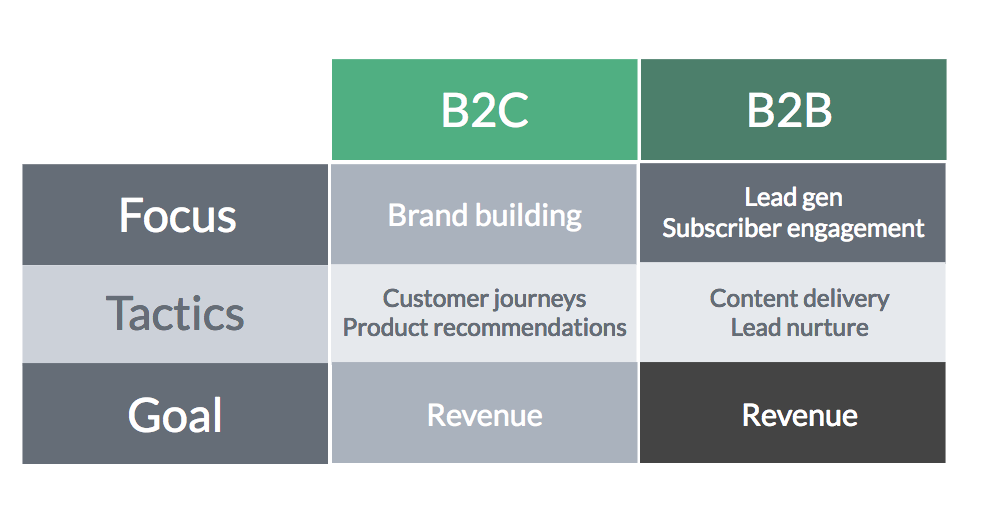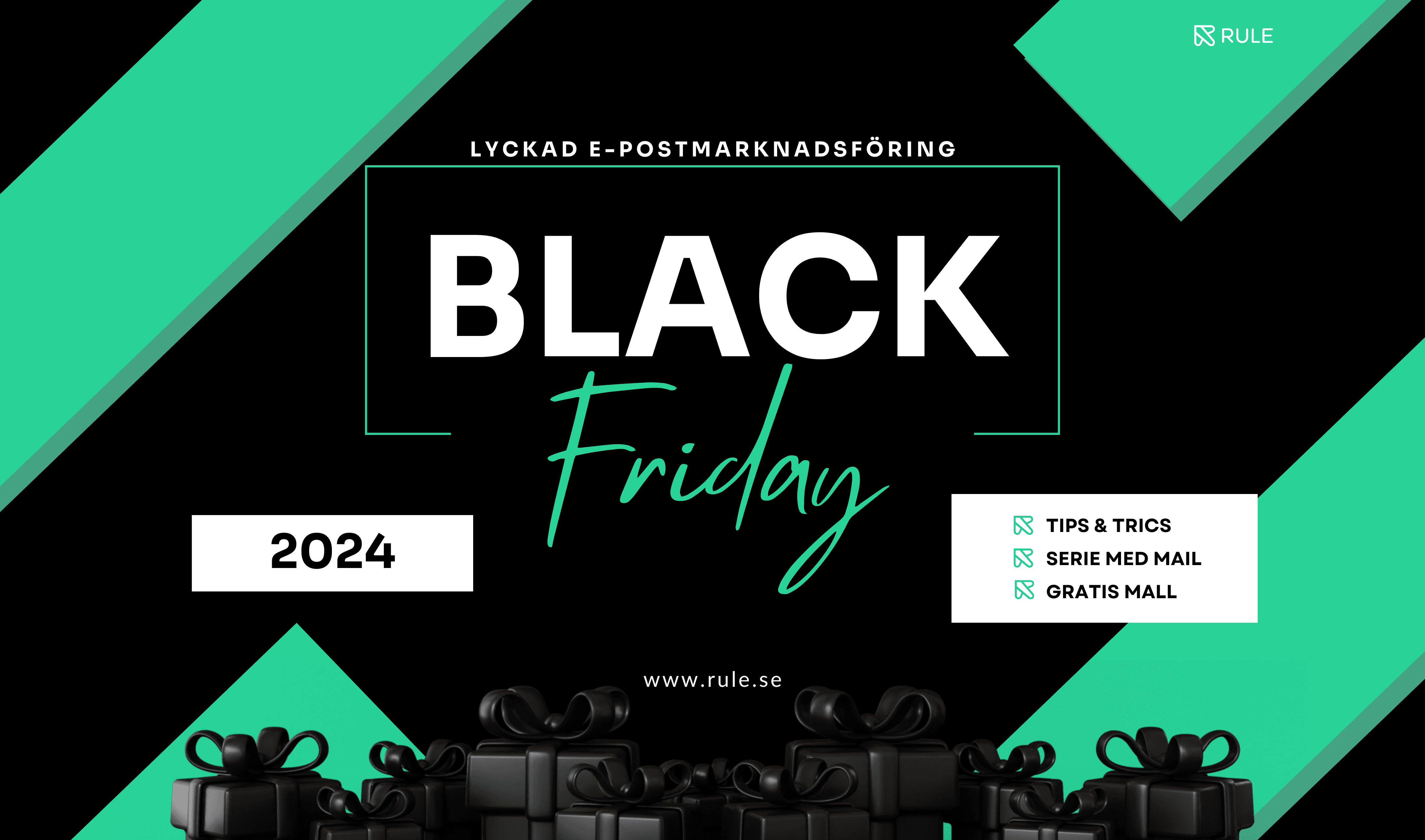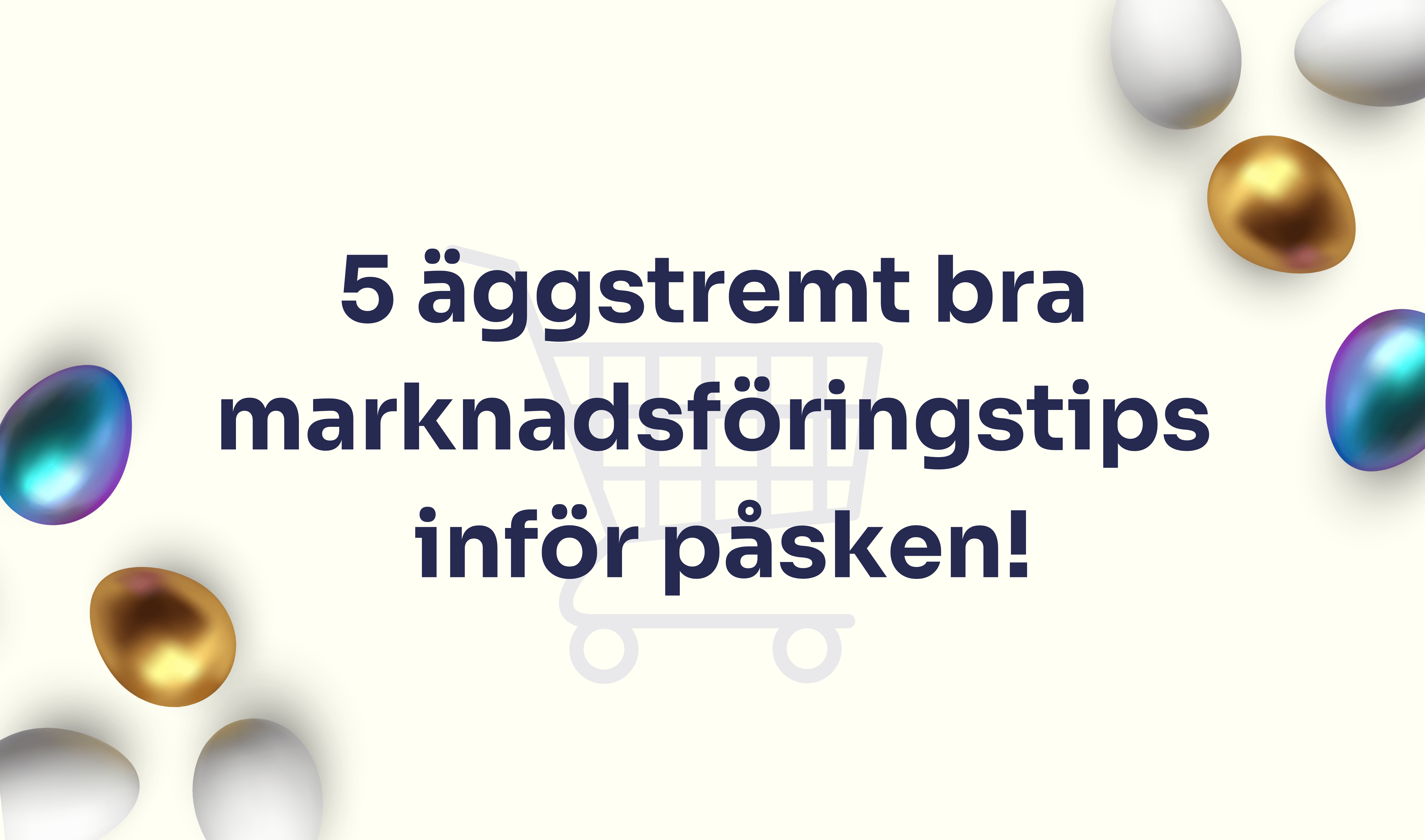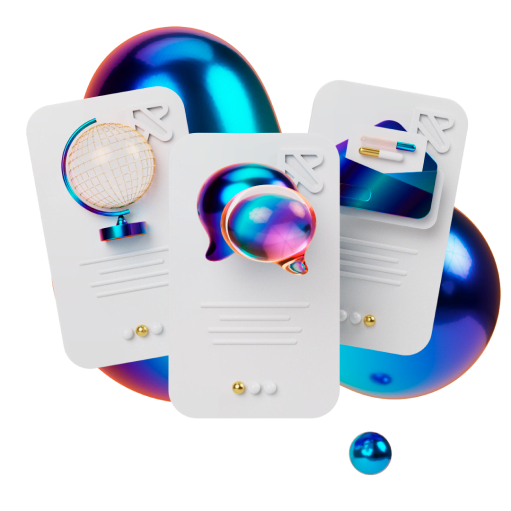Marketing Automation is an incredibly powerful way to engage customers through, but also has a reputation for being expensive and clumsy as well as challenging to manage and implement. However, times have changed and market automation has now become much easier for companies to implement.
In this post, we examine how B2C and B2B companies uses Marketing Automation in different ways to drive epic results and we also help with inspiration and examples on content you can use.
Marketing Automation in Rule
To break down Marketing Automation in Rule in the simplest possible way, you can explain it like this:
Marketing Automation uses “customer journeys” that begin with a trigger (Trigger as we call it in Rule) – such as signing up for a newsletter or making a purchase. These trips are designed to be more relevant to the recipient compared to general mass mailings. They are also easier for marketers to implement because the journey is structured once and thereafter on an ongoing basis.
B2B and B2C business processes
Both B2C and B2B companies use market automation to send more personal, current and relevant messages that result in higher engagement and revenue. In Rule, market automation can be distilled into three core components: triggers, rules and content.
If these are the three core components, what is the difference between how B2C and B2B companies use market automation?
Differences include:
- B2C focuses on personal, highly relevant and personalized messages, while B2B campaigns are often a little more mass-oriented, while at the same time providing value in every step of the communication.
B2C is about the customer journey and where the person is in their unique process, while B2B in other words is more about education and distribution of value for a larger group.
Similarities include:
How B2C companies use market automation
B2c Marketing Automation
Now that we know some similarities and differences, let’s examine how B2C companies use market automation to send automated emails.
- VIP offers. Many B2C companies use market automation to automatically send a series of special offers to their best customers when they have reached VIP status, which is triggered by a spend threshold. For example, if a customer reaches VIP status, they will receive a different email from a customer who does not reach a certain spending level.
- Birthday offers. Market automation can be used to offer customers customized product suggestions and send special birthday greetings. These types of messages are triggered by information about date of birth that can be collected, for example, at the checkout, when ordering online and via sign up to a member account. Surprise the customer with a unique birthday greeting. Read more about how to create birthday automations in Rule here
How B2B companies use market automation
B2b Marketing Automation best practices
Unlike B2C, there is not necessarily a need to send ultra-personal content, but the goal is to keep things broadly applicable to a large number of recipients. B2B companies also use market automation to send campaign-based emails that aim to run free trial / trial periods, sign-ups, boarding, and finally revenue.
Event-based automated emails
B2B companies often also tend to send training and event-based automated emails that can be sent out to subscribers to encourage attendance and create awareness about events, for example through reminders.
Smart reminders are, for example, to inform that a test period is nearing an end and that you start in good time with information on how the user should proceed to continue with the service. Thereafter, the customer journey continues based on whether a service was booked or not, and subsequent messages can be sent out with an additional reminder or an offer to another service in the company, such as downloading a guide.
Inspiration on content for automations, for both B2C and B2B:
Business information such as
- Favorable articles about the company
- Business changes that affect customers
- A company anniversary or a milestone
- Recently awarded nominations or awards
- An “behind the scenes” at your company
- A message from the CEO
- Insight into the company’s history
Important dates for customers to remember
Product Updates and “How Do I Reply”
- A product video that answers “How do I do it?”
- Inspirational uses / examples for product or service
- Updates on new products
- Highlight good reviews
- Offers and discounts
- A cool new best practice or tip
- New suppliers / partners
- New store launches or services in the company
Content, content and more content ..
- A top ten list
Survey results - Quotes that are motivating or simply fun (if appropriate of course!)
- Statistics and data points
- Updates on your social channels
Show your face
- A “team spotlight” with pictures and biographies
- An interview with one of the managers / an employee
- Information about customer loyalty programs
- A “thank you” to event participants or customers
With a sophisticated and easy-to-use tool, every marketer has the opportunity to let their imagination run wild and create powerful customer journeys directly in Rule!
To summarize:
Development has enabled progress in the prevention of spam. The advanced anti-spam technology: Botstop Active Protection that we have implemented in our forms has significantly reduced bot attacks and resulted in a better condition for our customers to assess statistics and results.

